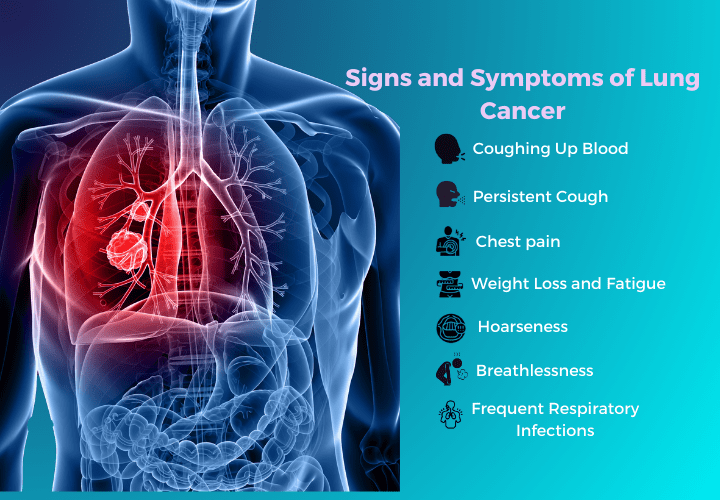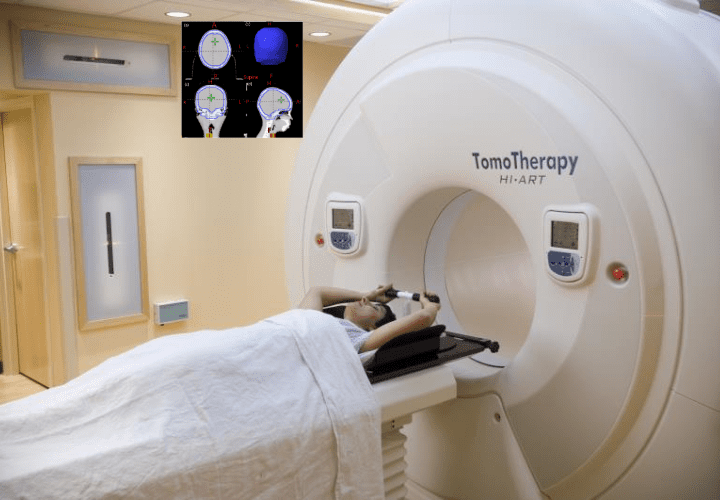Role Of Exercise For Cancer Patients During Treatment

Role Of Exercise For Cancer Patients During Treatment
- onco
- February 19, 2021
Role Of Exercise For Cancer Patients During Treatment
Exercising improves a cancer patient’s physical and mental wellbeing during the treatment.
Exercise For Cancer Patients might be your best ally during and after recovery.
In the past, doctors would recommend resting as much as possible. But recent studies show that being physically active is more beneficial.
Exercise is well-known for its ability to reduce the risk of cancer. Research shows that it can improve a patient’s health and prevent cancer from recurring in survivors.
Benefits Of Exercising For Cancer Patients
Working out helps you improve your physical and mental wellbeing during cancer treatment. It can help manage some side effects of cancer therapies.
Some noted benefits of exercising during treatment include:
- Increased strength and endurance
- Control on weight
- Diminished depression and anxiety
- Improved mood
- Reduced pain
- Rise in self-esteem
- Better sleep
- Less fatigue
Some studies show that exercising during treatment changes the tumor microenvironment and triggers a strong anti-tumor response in the body.
Cancer survivors are less likely to develop cancer again if they include workouts in their routine.
How Much Exercise Is Needed?
Exercise guidelines for cancer patients and survivors are as follows:
- Perform 150 minutes of moderate or 75 minutes of vigorous activity per week. If not possible, try to be as active as you can be.
- After surgery, return to normal daily activities as soon as your surgeon clears you.
- Perform strength training twice every week.
- Incorporate stretches and balance training into your daily routine.
- Avoid inactivity as much as possible.
What To Include In Workout Routine
Your doctor and cancer exercise specialist is best suited to advise you on what exercises to include in your routine.
Your workout routine may include:
Stretching
Stretching daily improves flexibility and posture. It boosts the flow of blood and oxygen to your muscles and helps in the body’s repair process.
Breathing
Many patients face difficulty in breathing or shortness of breath. Breathing exercises can help you inhale and exhale better. They also improve endurance and reduce anxiety.
Balance Exercises
Balance exercises counteract the loss of balance and mobility due to cancer treatment. They can help you return to normal activities safely and prevent falling.
Aerobic Exercises
Aerobic exercises, like walking, increase your heart rate and strengthen your lungs and heart.
Strength Training
Strength or resistance training twice a week is recommended to counteract weakness caused due to muscle loss.
Risks during Exercise For Cancer Patients
People suffering from certain diseases or side effects from treatments need to be careful. These may include anemia, bone density loss, weakened immune system, radiation therapy, and neuropathy.
Loss of bone density makes you vulnerable to injuries. You must avoid exercises that strain your neck and increase the risk of falling.
Senior citizens and people with nerve problems also need to take precautions against injuries.
If your treatment has weakened your immune system, then you need a germ-free environment to work out.
It’s important to keep track of your blood count to know whether it’s safe to exercise or not.
Consult your doctor before starting a workout routine during or after cancer treatment. They may recommend a cancer exercise specialist to help plan your schedule based on your needs.
Recent Posts
-
How to Prepare Yourself for Chemotherapy: Essential Tips and Guidance
November 19, 2024
-
Lung Cancer: Signs, Diagnosis, and Treatment Options
November 5, 2024
-
Tomotherapy where precision and efficiency meet health
October 28, 2024
-
What to Eat During Cancer Treatment: Nutrition Tips for Recovery
October 21, 2024
-
Best Blood Cancer Treatment in Delhi
October 8, 2024





Leave a Reply